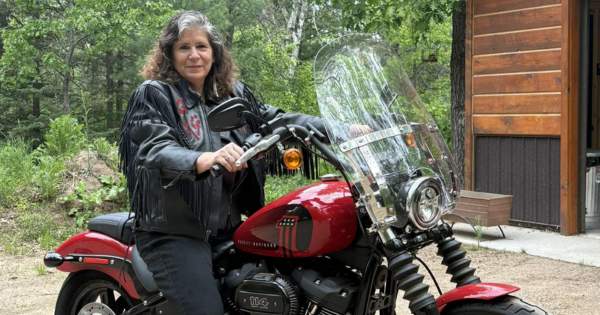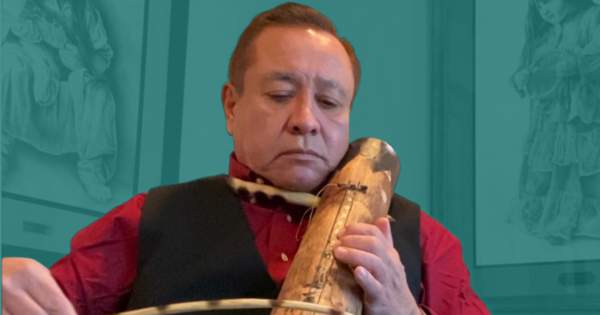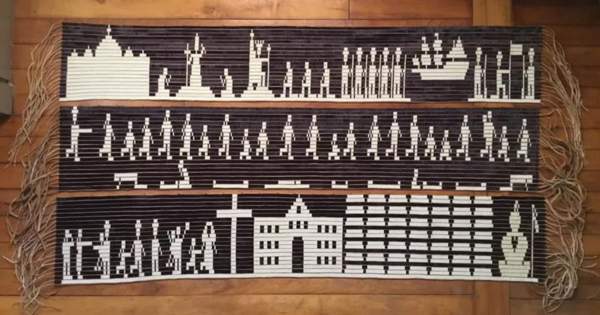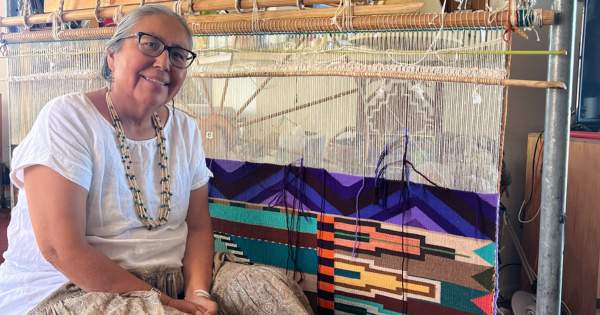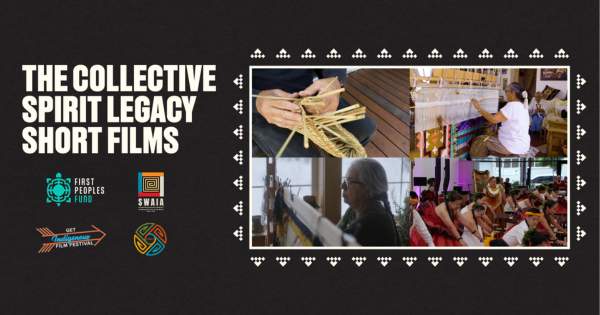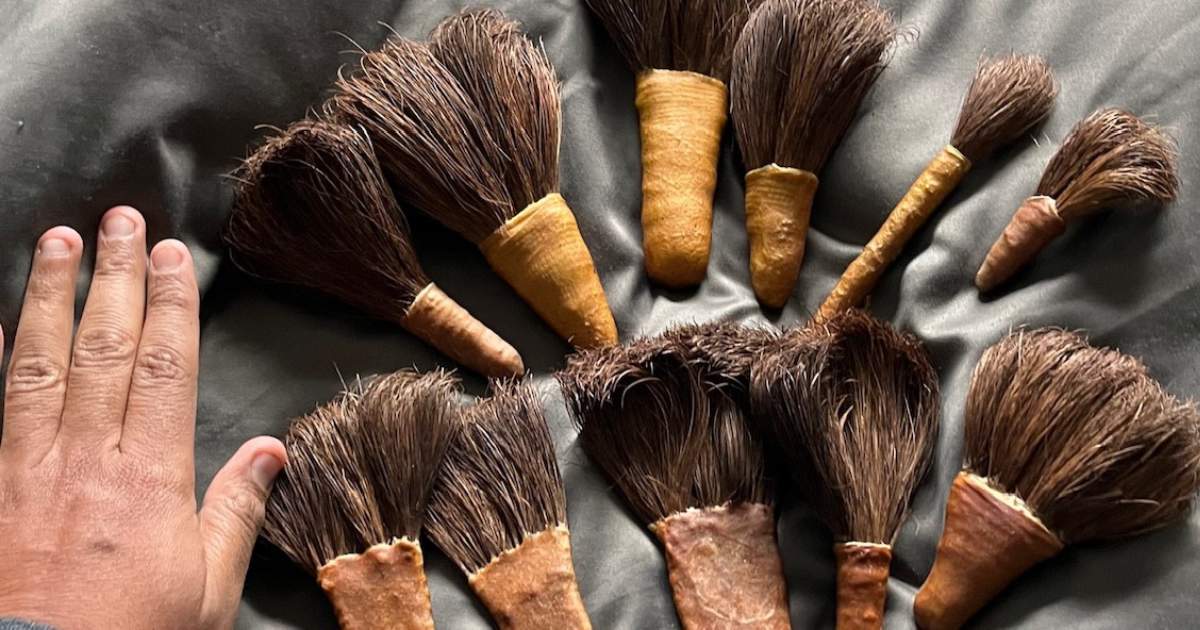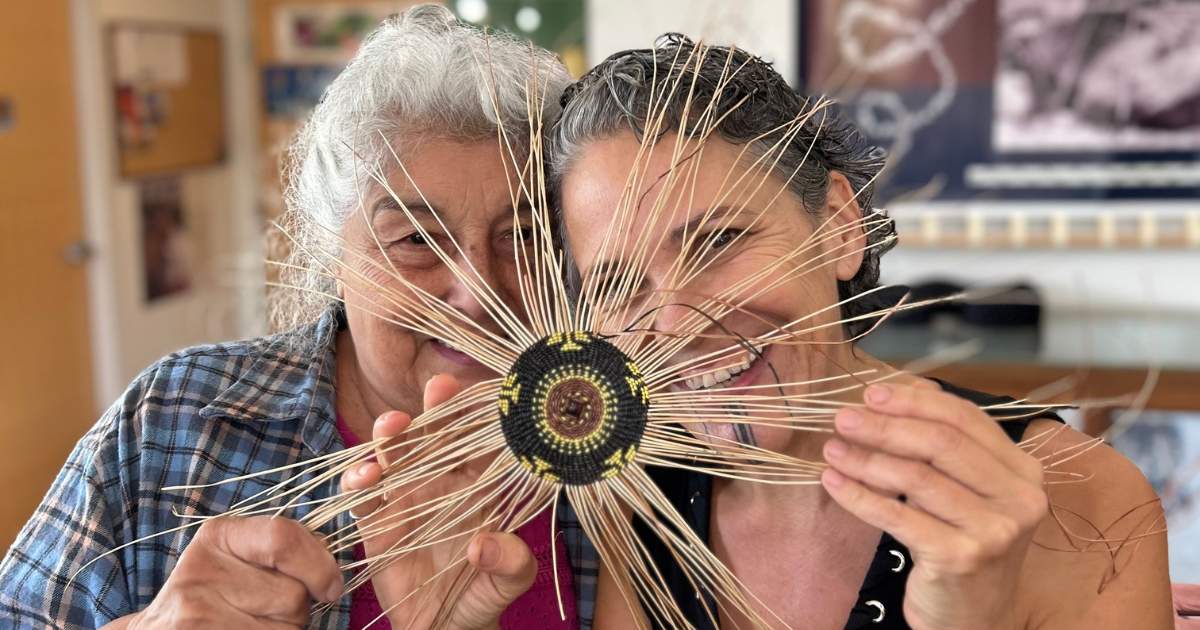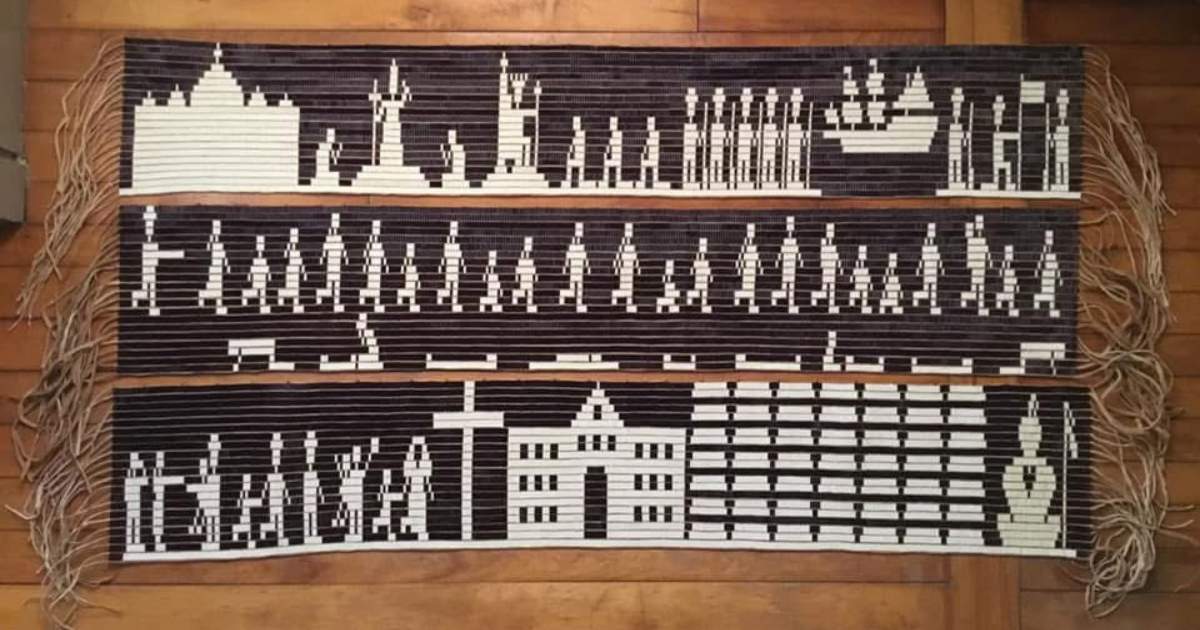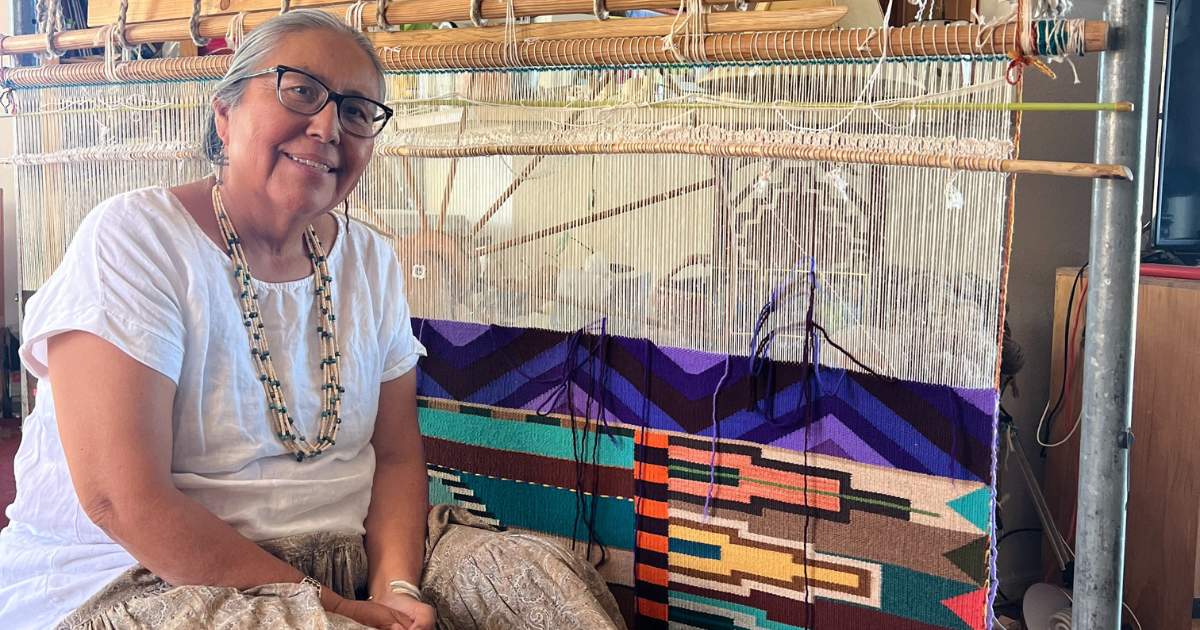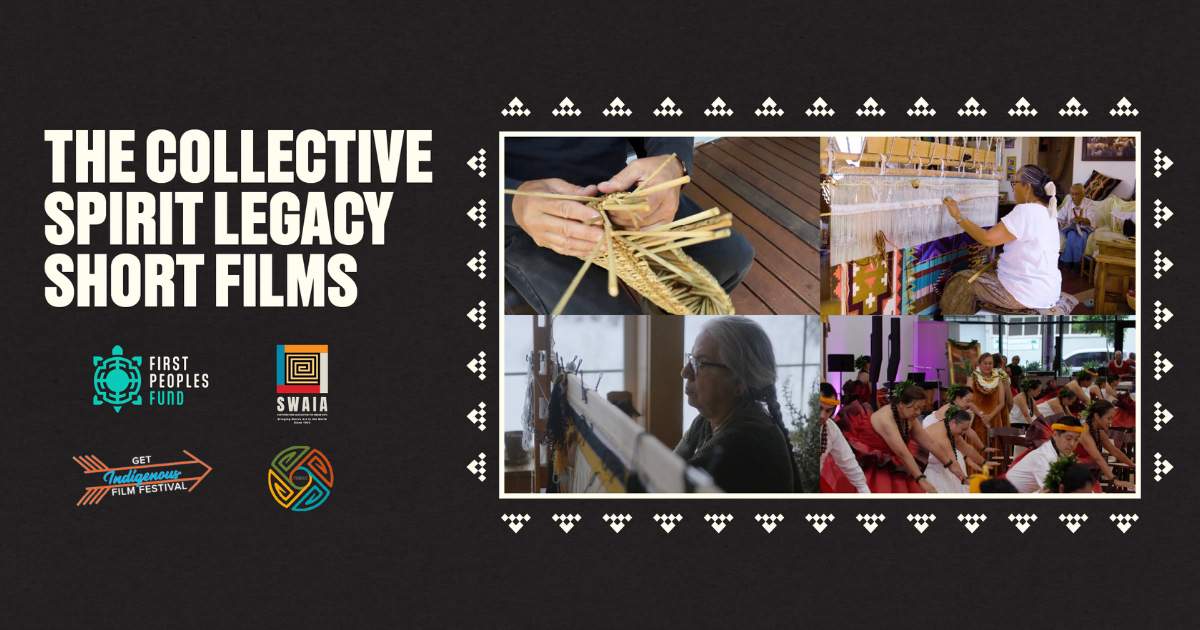
Symbols of Success in Juneau, Alaska —Indigenous Arts Ecology Convening
By Sarah Elisabeth Sawyer (Choctaw Nation), Artist in Business Leadership Fellow 2015
Mist settled over the pine trees clustered on the mountainside backdrop of the stunning Sealaska Heritage Institute in Juneau, Alaska. First Peoples Fund’s Indigenous Arts Ecology (IAE) program regional convening was underway, though not in the way we’d planned. Mechanical issues on the ferry and too much fog for a plane ride prevented us from visiting the Chilkat Indian Village in Klukwan.
Past Community Spirit Award recipient Lani Hotch (Tlingit) had planned to host us to see their thriving arts ecology. In a community of fewer than 100 people, they have built a strong tourist destination with a culture center, public art, and artists’ work to celebrate and preserve their culture.
“A main component of the IAE grant itself is for these regional convenings,” said Jeremy Staab (Santee Sioux), First Peoples Fund program manager. “The grantees come together with First Peoples Fund and the site managers to meet and share collective knowledge between the sites. They also get professional training from our lead consultants, Ben Sherman and Theresa Secord.”
Since we were unable to witness the work in the Chilkat community firsthand, the Sealaska Heritage Institute in Juneau welcomed our convening into their facility.
The group settled in the Clan House — built by past Community Spirit Award (CSA) recipients David A. Boxley (Tsimshian) and his son David R. Boxley (Tsimshian) — within the Sealaska building. The facility also highlights art by former CSA recipients Nathan Jackson (Tlingit), and Chilkat weaver Anna Brown Ehlers (Tlingit), a 2017 National Endowment for the Arts National Heritage Fellow.
We shared introductions between staff, facilitators and representatives of the IAE grantees — Four Directions Development Fund (Red Lake), Lakota Funds (Pine Ridge), Northwest Native Development Fund (Colville) and Native American Community Development Corporation (Browning).
Each area partner brought one or two artists because, at its heart, an Indigenous Arts Ecology is an artist-led movement. The program is about building better infrastructure for artists within tribal communities.
“Any program like this has to be artist-led,” said Theresa Secord (Penobscot), co-organizer, IAE site manager, and FPF trainer. “What do artists need, what are their strengths, what can they look to others for in the way of assistance or in sharing their gifts?”
Theresa, a former FPF board member, CSA honoreee, and National Endowment for the Arts National Heritage Fellow, recognized the symbol of success the Juneau area represents for Indigenous artists in the modern economy.
“Meeting in Juneau at Sealaska was a very rich experience,” she said. “It’s a showcase of Alaska Native culture; an amazing building and meeting space.”
“The First Nations people of that land treated us very well,” said First Peoples Fund artist fellow and trainer John Pepion (Piikani). He represented the Northwest Native Development Fund at the convening.
FPF staff brought together our relations in the Juneau area to create an Indigenous Arts Ecology experience for the grantees. Crystal Worl — 2017 Artist in Business Leadership fellow and co-owner of Trickster Company — made time in the chaos of her schedule to come to Sealaska and introduce herself.
She was amazed to see three people wearing Trickster apparel as she shared her story of how helpful First Peoples Fund was to her and her Juneau-based business that promotes Indigenous design. Her brother Rico Worl — who had opened the convening with a blessing — and Crystal started Trickster Company with a long-term vision of being part of the growing art mecca in Alaska.
“Often, individual artists don’t have the capability to open a shop,” Crystal said. “One long-term goal of Trickster Company is to give artists that space to sell their designs on skateboards, clothing, and accessories.”
Crystal invited five of the IAE guest artists to her home, where she served seal she’d butchered and salmon she’d caught.
“We talked about each other’s art and exchanged art ideas,” Crystal said. “I spoke with John Pepion about using some of his designs on a product to be featured through Trickster Company and doing cross-branding with him. It was short but super sweet to have them (the artists) here.”
“Everyone we met in Alaska was knowledgeable, kind and generous,” John said. He enjoyed his first experience in that state. With the constant mist and fog, it felt like a chilly rainforest as a group from the convening hiked up the Mendenhall Glacier and took in the view. On the banks of the lake near Nugget Falls, a black bear ambled out in front of them.
John became a fan of the unique Northwest Coast formline art designs. “I was inspired by the local scene,” he said. “Some of the artists had their own shops and studios right downtown. I feel like that community supports their Indigenous artists because their art is everywhere, even on signs and coffee shop menus. It was awesome to see.”
The highlight of the convening for John happened when Ernestine Saankalaxt’ Hayes (Lingit) spoke. Ernestine is the 2017 Alaska State Writer Laureate.
“What stood out most was when the author came and shared her stories and writings,” John said. “That was very touching for me and a lot of people there. It was awesome to witness how she is strong now, how our art and our culture are very alive.”
“It was unbelievable how she spoke to the area, the heritage, the connections, the matrilineal clan structure,” Theresa said. “Hers are stories of courage. Her words moved everyone.”
Weaver Anna Brown Ehlers involved the group’s hands with preparing goat hair by rolling it. She demonstrated Chilkat weaving, giving everyone an opportunity to experience the culture.
Theresa said, “It would seem odd for us from all these different regions to meet in these territories and not immerse ourselves in some of the cultures.”
The IAE program is still in its early stages — developing and moving much like the work in the expansive and rural Alaska areas.
Though we weren’t able to make it to the Chilkat community, Juneau demonstrated a successfully growing Indigenous Arts Ecology in a challenging climate.
“The IAE grants are targeted in areas that are very rural, where artists are struggling,” Theresa said. “This convening showed what was possible.”

